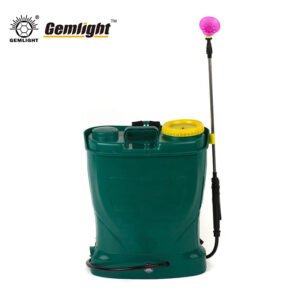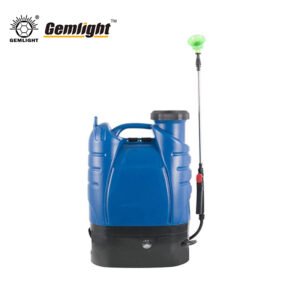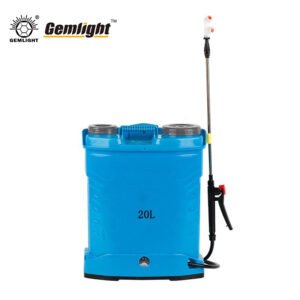Snow removal is a critical task in cold climates, and having the right heavy duty snow shovel makes the job faster, safer, and more efficient. Whether for residential, commercial, or industrial use, a durable snow shovel ensures that sidewalks, driveways, parking lots, and construction sites remain safe and accessible.
This guide will cover:
-
Definition of a heavy duty snow shovel
-
Types and designs suitable for different tasks
-
Features to consider for durability and efficiency
-
Applications in residential, commercial, and industrial environments
-
Maintenance and best practices for long-lasting performance
What Is a Heavy Duty Snow Shovel?
A heavy duty snow shovel is designed to withstand repeated use in harsh winter conditions. Unlike standard shovels, these shovels feature:
-
Reinforced steel, aluminum, or heavy-duty plastic blades
-
Ergonomic handles to reduce strain
-
Extra-thick blade edges for ice and compacted snow
-
Resistance to bending, cracking, or breaking
Builders, facility managers, and homeowners rely on these shovels to remove snow efficiently and safely.
Types of Heavy Duty Snow Shovels
1. Scoop Shovels
-
Wide, deep blades to move large volumes of snow
-
Ideal for driveways, parking lots, and commercial areas
2. Pusher Shovels
-
Curved blade allows pushing snow rather than lifting
-
Reduces strain on the back for large flat areas
3. Aluminum Blades
-
Lightweight yet strong
-
Resistant to corrosion and ideal for heavy snowfall
4. Steel Blades
-
Maximum durability for ice and compacted snow
-
Can withstand hard, frozen surfaces
5. Plastic or Poly Blades
-
Lightweight, prevents scratching delicate surfaces
-
Suitable for residential driveways and decks
Key Features of Heavy Duty Snow Shovels
When selecting a snow shovel, consider:
-
Blade Material – Steel for strength, aluminum for balance, poly for light use
-
Handle Material – Fiberglass, steel, or wood for durability and ergonomics
-
Blade Width – Wide for moving large amounts of snow, narrow for tight spaces
-
Ergonomic Design – Reduces fatigue and injury risk
-
Weight & Balance – Heavy enough to clear snow efficiently but light enough to use comfortably
Applications of Heavy Duty Snow Shovels
-
Residential Use – Driveways, sidewalks, and patios
-
Commercial Use – Parking lots, loading docks, and entrances
-
Construction & Industrial Sites – Maintaining access and safety
-
Emergency Services – Snow clearance for hospitals, fire stations, and government buildings
Advantages of Heavy Duty Snow Shovels
-
✅ Durable and resistant to bending or breaking
-
✅ Efficient snow removal, even in extreme conditions
-
✅ Ergonomic designs reduce user fatigue
-
✅ Multiple types available for different applications
-
✅ Long lifespan if properly maintained
Limitations of Heavy Duty Snow Shovels
-
❌ Heavier than standard shovels, can cause strain if misused
-
❌ Higher cost due to reinforced materials
-
❌ Requires storage in dry or protected areas to prevent rust
Buying Guide – Choosing the Right Heavy Duty Snow Shovel
-
Assess Snow Volume – Large driveways need wide scoop shovels, small sidewalks need narrow blades.
-
Blade Material – Steel for ice, aluminum for balance, plastic for light snow.
-
Handle Design – Fiberglass handles reduce vibration; ergonomic grips reduce strain.
-
Weight & Balance – Comfortable to lift repeatedly.
-
Supplier Reliability – Ensure high-quality manufacturing for consistent durability.
Maintenance Tips for Heavy Duty Snow Shovels
-
Rinse and dry after each use to prevent rust
-
Inspect blade edges for wear or bending
-
Oil wooden handles occasionally to prevent cracking
-
Store in a dry place or hang to avoid moisture damage
Conclusion
A heavy duty snow shovel is essential for efficient and safe snow removal during winter. Choosing the right type, material, and handle design ensures maximum performance and durability.
For distributors and buyers, stocking heavy duty snow shovels meets market demand for residential, commercial, and industrial snow removal solutions, making it a reliable and profitable product line.




